Here is a list of tips from moms across the world about how they manage the pain during labour.
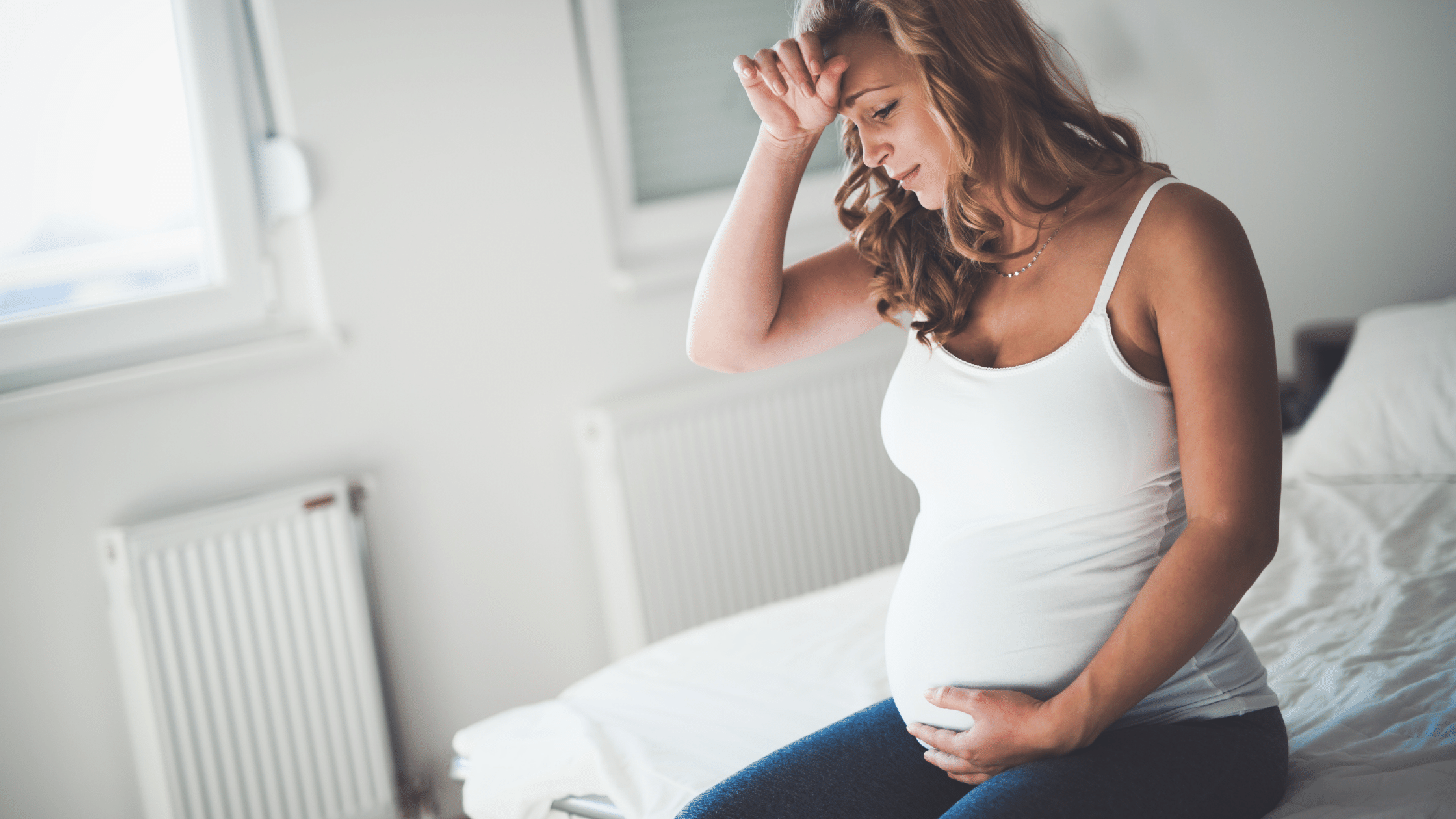
Many future mums to be are terrified of giving birth, and epidurals are usually at the top of the list in terms of pain management. While that is completely understandable, what many women don’t realize is there are enormous alternative options for managing pain during labour.
Emotional Support

Studies have shown that the “doula effect” does exist – this refers to the emotional support provided by a doula or partner that helps women cope with labour pain. Most of the time, this reduces their need for drug intervention during labour as well. The presence of an attentive friend or family members also improves a woman’s experience of going into labour. The most important thing is to ensure the pregnant mother feels as comfortable as possible to get through the most difficult situations.
Massage

Massage is a great technique to induce relaxation, and this applies to women in labour as well. Massaging her lower back, hips, pressure points on hands and feet helps women relax, and when paired with cold compression on the lower back, it can be especially effective in managing pain.
Bao Ma offers prenatal and postnatal massages for mummies and click here to find out more.
Acupuncture and Acupressure
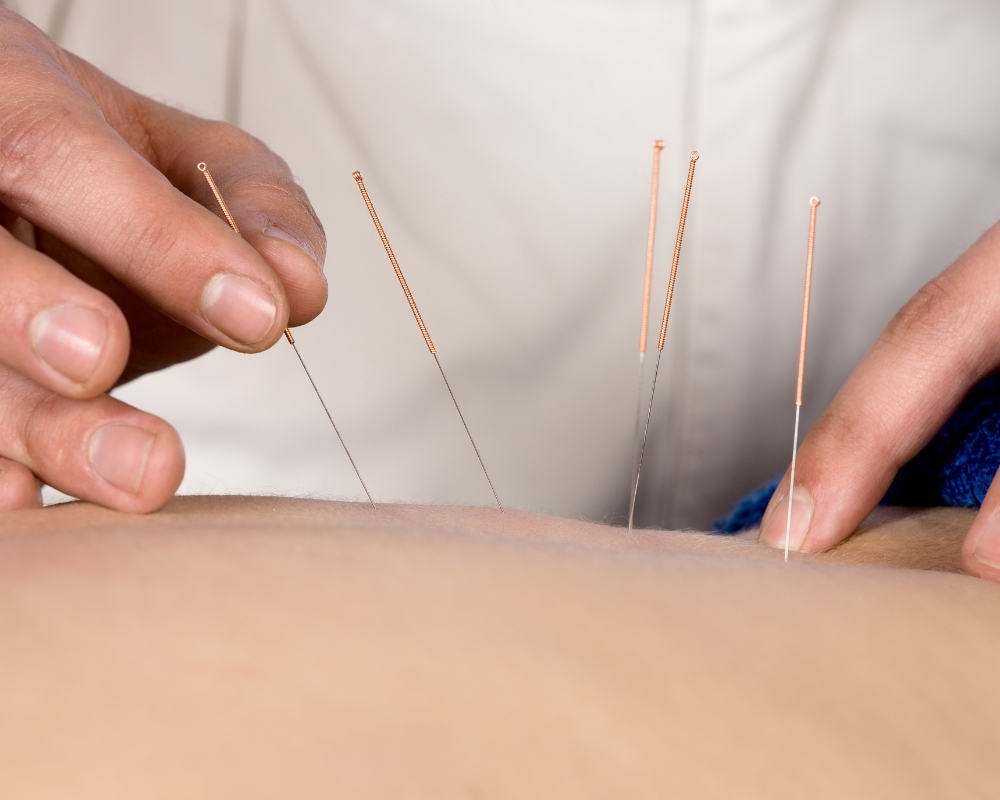
Acupressure and acupuncture are becoming increasingly popular in helping women deal with labour pain. Contrary to popular opinion, acupuncture doesn’t numb the pain, but instead calms and soothes the body’s nervous system. Being in a “fight or flight” mode is never conducive to having a baby.
Wondering how it works? After your contractions have started and labour has begun, a licensed acupuncturist is dispatched to your hospital room or home. They will start by inserting a few needles in between contractions – often on the acupressure points on the hand or ear.
Armed with this comprehensive guide, you have a plethora of tips to choose from. And you don’t need to choose just one. Because let’s face it, you’ll never know what works until your knee deep in contractions. Never underestimate the power of non-drug coping techniques that are supported by modern science and research. At the very least, it should get you past the early labour stages.
Changing Positions

Most women think sitting in bed all day is the most suitable position for labour. It couldn’t be further from the truth! Studies have shown this isn’t the ideal position to help labour progress at all. In fact, having lots of movement can help you cope with the pain. Try walking, rocking, squatting, or changing positions constantly as moving about not only eases the pain but also takes advantage of the force of gravity to encourage the baby to move down the birth canal.
If you are bedridden in a hospital, your physical movement may be limited due to the medications or being hooked up to fetal monitors and IV drips. However, you can still position yourself onto your hands and knees on the bed, as well as standing or sitting by the side of the bed.
Water Therapy
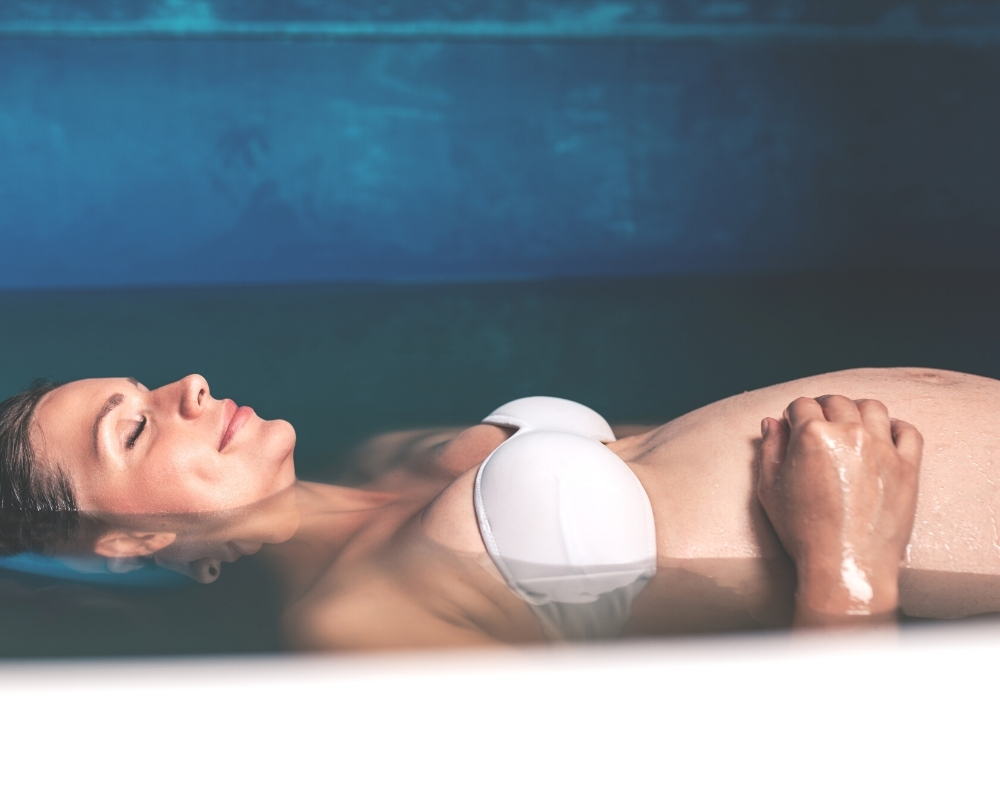
Being in the water helps keep pregnant women stay calm and relaxed. Research shows that women experience less painful contractions, shorter labours, and require less medical interventions when they spend more time submerged in water during labour.
Breathing
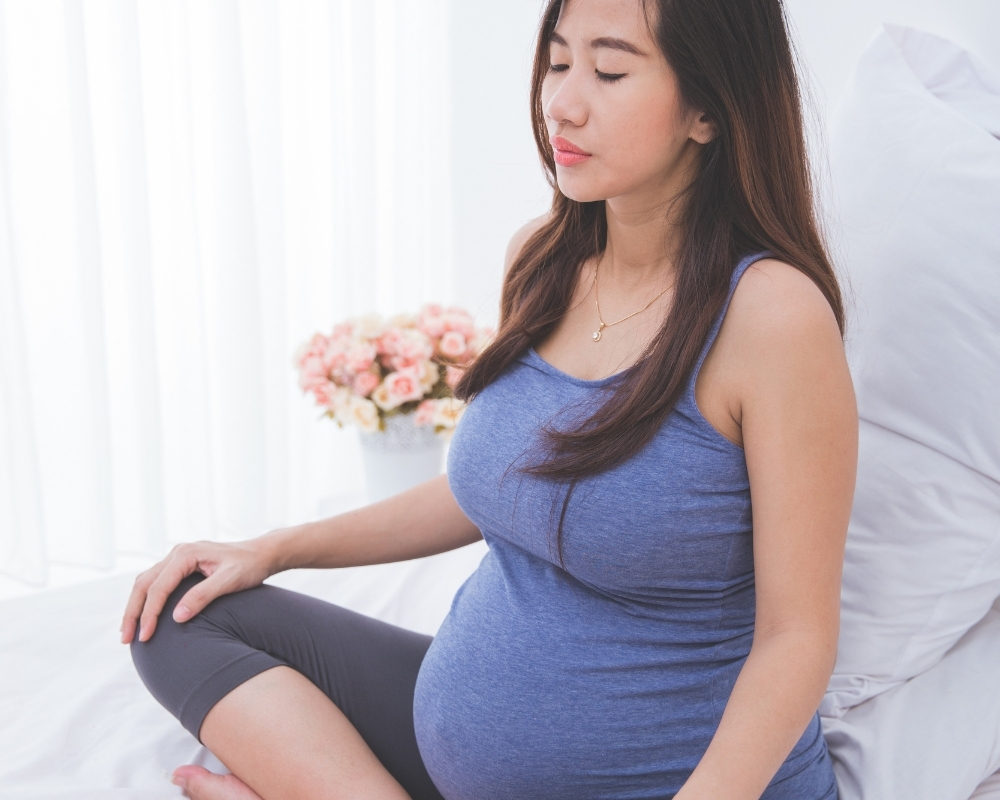
Deep breathing techniques are useful compared to the traditional fast breathing in and out, which may sometimes lead to hyperventilation in an already anxious mother. Plenty of women find that deep breathing gets them through the contractions until the sensations start to fade. Pregnant women should not hold back on loud noises as well. Toning, a type of low-pitched humming is another technique that helps women relax and cope with the pain.
Visualization
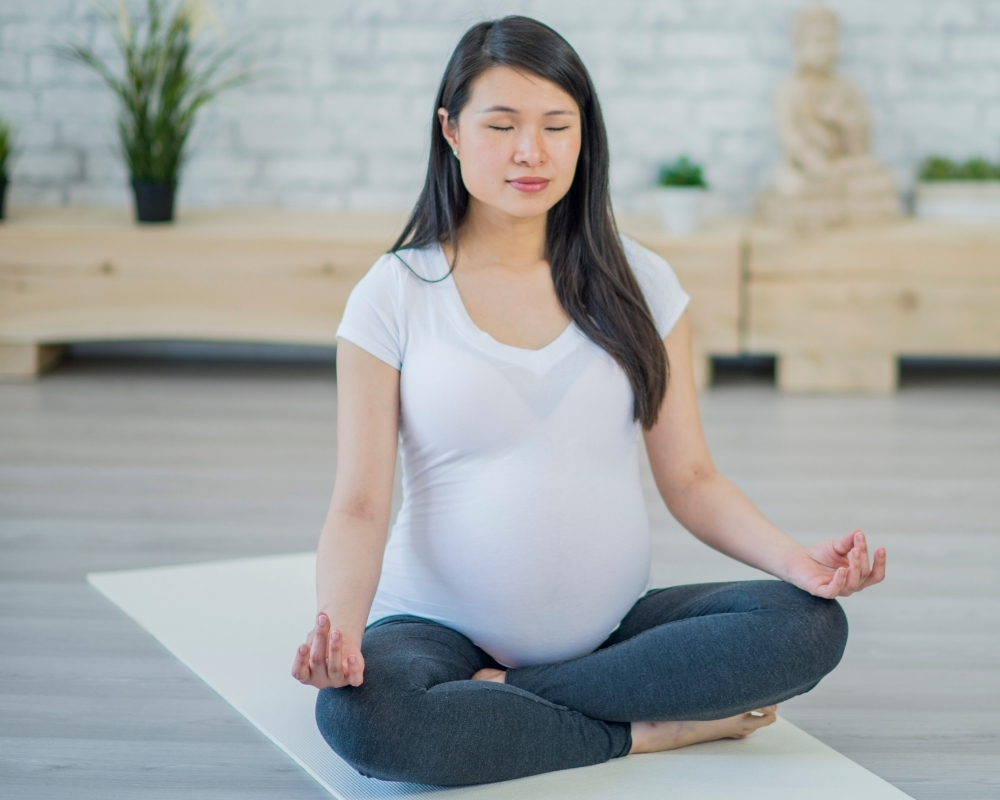
Many health professionals teach visualization as a relaxation technique to calm and soothe women in labour. One of the techniques is to visualize the cervix opening and drawing an image of what is going inside the body. Knowing that the contractions are tied to her cervix opening can give pregnant women a mental picture to process, and this, in turn, helps her relax and cope with labour. With that being said, visualization works best when it is personalized to a person. What works for one woman may not work for another.


